Since most of the DC museums were closed during the pandemic, we ventured to Harpers Ferry National Park. Located just 70 miles from our hotel, we got to see where John Brown’s Raid (a pre-cursor to the Civil War) occurred.
Location
Harpers Ferry forms a point at the junction of two rivers – the Potomac and Shenandoah. That didn’t mean much to me until we drove in and saw a picturesque town surrounded by water. Cross over the Potomac and you’ll be in Maryland. Across the Shenandoah lies Virginia. It’s no wonder George Washington created the country’s second armory on this site.
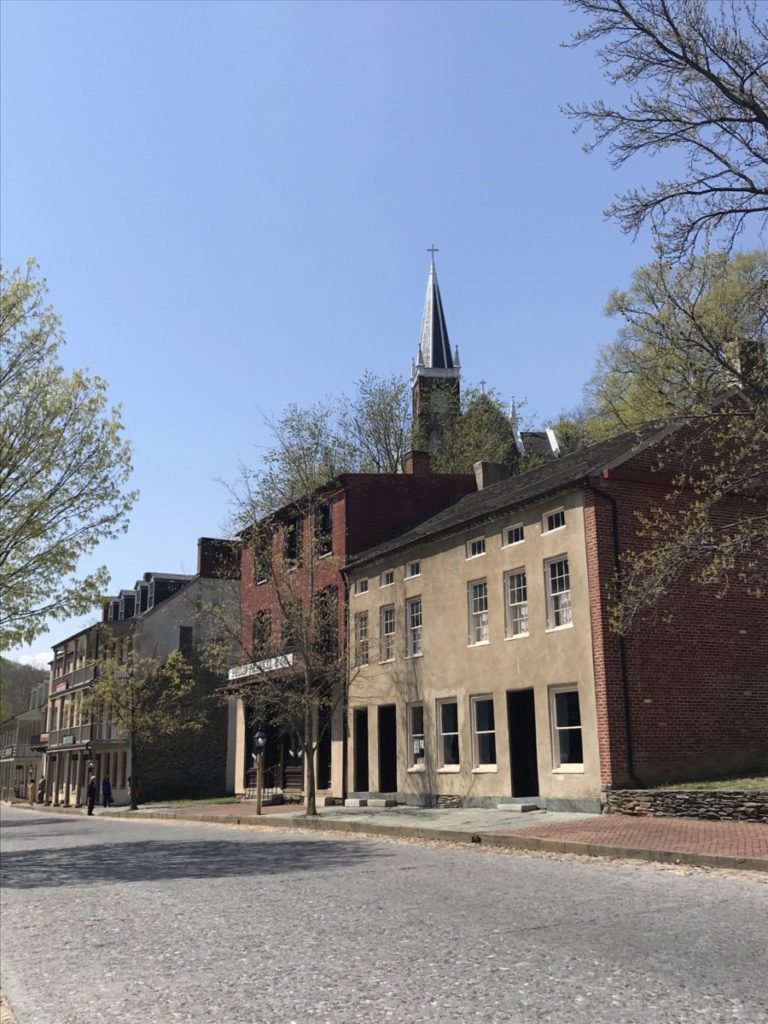
The Visitor Center
Established long before automobiles, the town has limited parking. Instead, head to the large parking lot at the visitor center about two miles from the historical area. From there you can take a free shuttle bus to Lower Town or you can hike 1.6 miles down along a nice path. Although the National Park Service (NPS) closed the center to visitors during the pandemic, restrooms and the shuttle remained open. According to the website, the visitor center is now open but they haven’t resumed showing the overview film.
The Hike
Thing 2 and I decided to take the 1.6-mile Lower Town trail to Harpers Ferry while Dear Hubby (DH) and Thing 1 rode the shuttle. Departing into the woods from the visitor center, the trail offered views of Loudoun Heights while descending at a steady pace. We then took a series of steps passing rocks and boulders before a small waterfall appeared.
After crossing the main road, the path followed the road for a good while. Although flat, there was little shade. Then the trail veered off to the right and took us through trees and flowers down to the train tracks. We followed the Shenandoah Canal until crossing over a small wooden bridge to Virginius Island.

Ruins of an abandoned cotton mill on Virginius Island
The abandoned town, home to many manufacturing concerns, developed around the 1820s. We passed the ruins of several mills and houses while learning about the area. Of particular note was a cotton mill that once stood 4 stories tall. During the Civil War, the Union used it as a hospital. New owners converted it to a flour mill, but floods in the 1870s caused operations to cease permanently.
Lower Town
Crossing over another wooden bridge, we walked down Shenandoah Street into Harpers Ferry. I felt like I walked on the set of a western movie especially since it was early and only a few people milled around. A photograph showing the street in the 1880s looked eerily similar to what stood before us.

Shenandoah Street looks much like it did over a century ago
An open door begged us to enter into the Provost Marshall’s Office. Although the town changed hands multiple times, the Union army controlled it during most of the war and placed everyone under martial law. Anyone wanting to cross the Potomac had to show a pass.

Provost Marshall’s Office
We walked next door to see the interior of a dry goods store, which looked like something out of the TV show, The Waltons. Blankets, hats and books lined the shelves on one wall while a glass case held tobacco, candy and produce. The plaque said that there were six general stores in Harper’s Ferry so the competition was fierce.

Around the corner, we walked into the White Hall Tavern, as well as the Confectionary and home of German immigrant Frederick Roeder. Known for tasty pies and desserts, Roeder’s Confectionary proved succesful from 1845-1861. Unfortunately, Roeder left seven children orphaned when a ricocheted bullet killed him on July 4, 1861.
John Brown’s Raid
You can’t visit Harper’s Ferry and not learn about John Brown’s Raid in 1859. The John Brown Museum on Shenandoah Street offered a good overview. This is not to be confused with the John Brown Wax Museum on High Street that is not part of the park service.
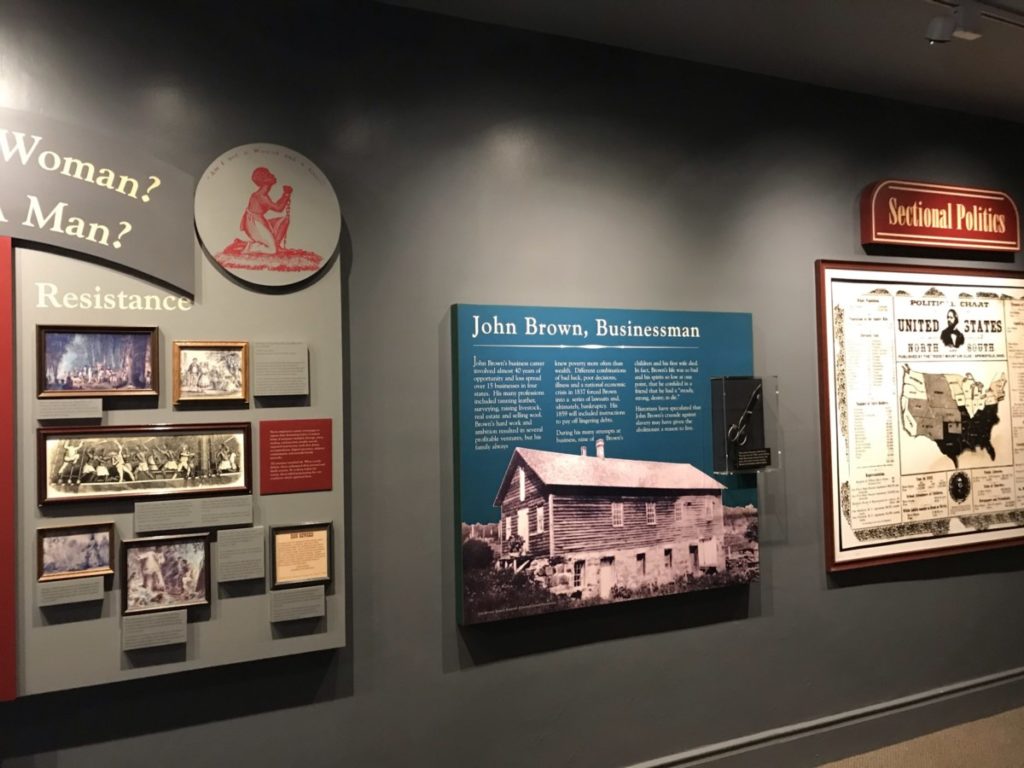
On paper, John Brown’s life before the raid seemed dismal. Originally from Connecticut, he moved around a lot and tried many occupations unsuccessfully. His first wife died and only 11 of his 20 children survived childhood. A life-long abolitionist, he found a new purpose when he got involved in anti-slavery raids such as the Pottawatomie Massacre and the Battle of Black Jack during the 1850s in Kansas.
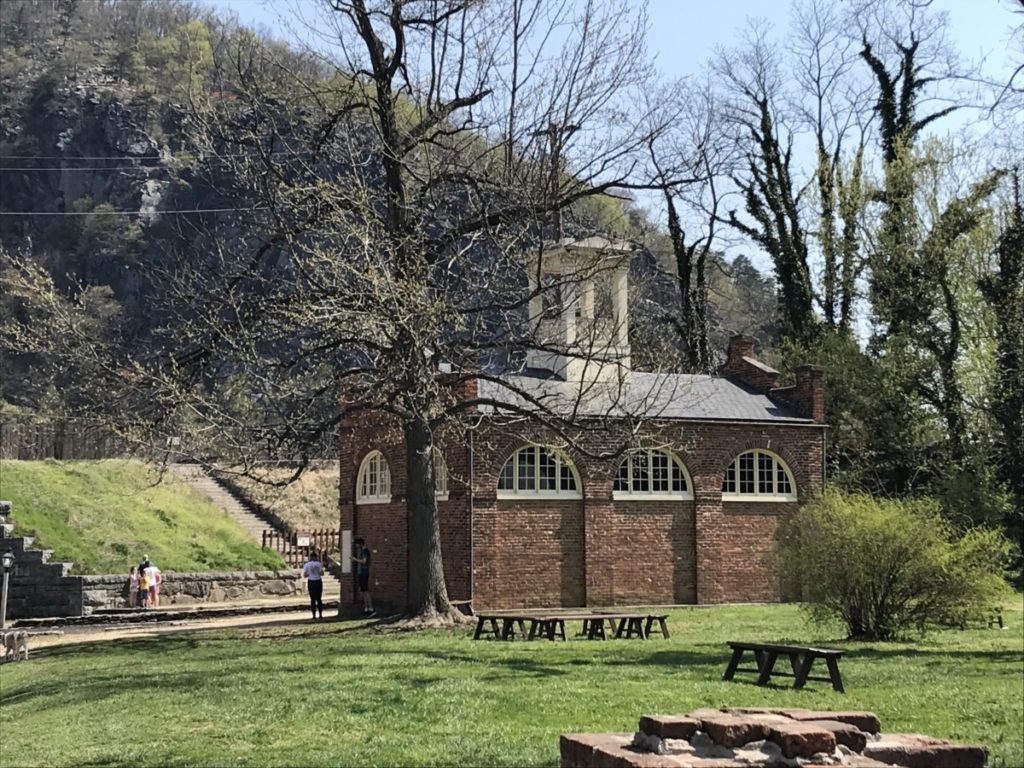
On October 16, 1859, he took three of his sons, Owen, Oliver and Watson, along with 18 “raiders” to free the slaves in what was then Virginia. Why Harper’s Ferry? It was home to the US Armory and Arsenal. The raid only lasted 36 hours but resulted in 16 deaths. After capture, John Brown and seven of his men were executed.
The armory and arsenal buildings were destroyed during the Civil War but the armory firehouse, where John Brown and his men were captured, still stands today. Historians moved the structure to the Chicago World’s Columbian Exposition in 1891. Later, journalist Kate Field spearheaded efforts to move the firehouse to the Murphy Farm outside Harper’s Ferry in 1895. On the 50th anniversary of John Brown’s Raid, officials at Storer College moved the structure to their campus and ran a museum for many years until the park service moved it back to its original site in 1968.
More Museums
The Restoration Museum shows the architectural side of things. Entering into a historic building, we saw preservation efforts and the original foundations. A timeline showed how the building had once been stables for a hotel. Then later, two owners put up a wall and divided it in half. Historic records revealed that eight businesses occupied the first floor at one time or another.
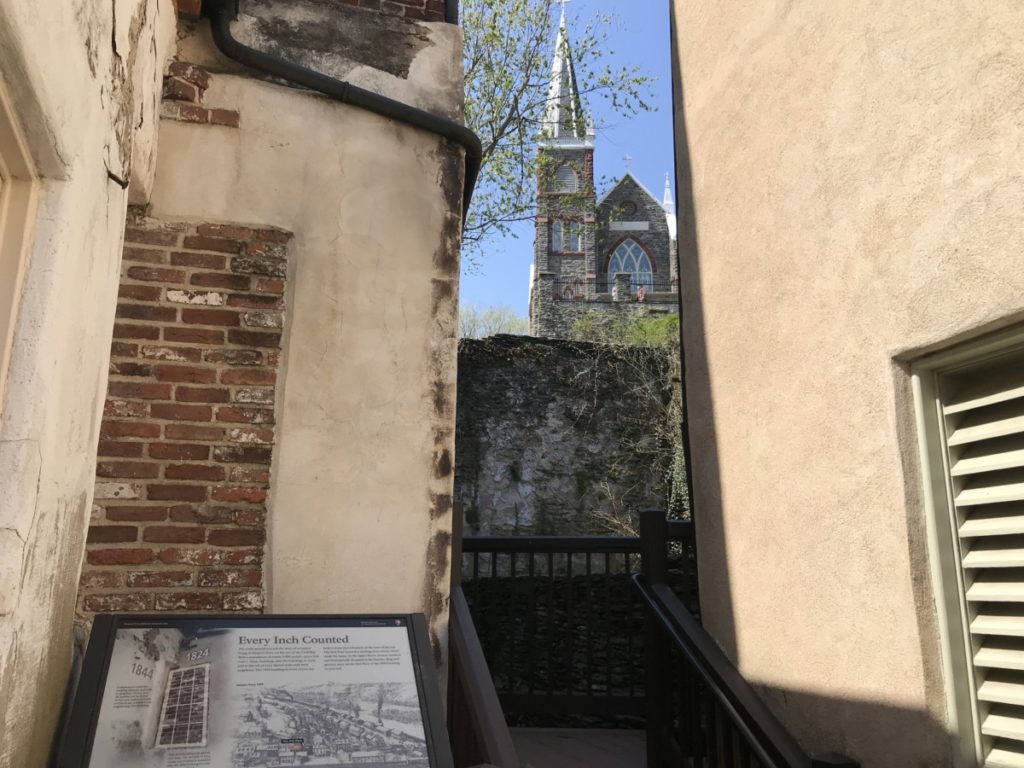
Across the street, we entered the Black Voices Museum. This exhibit detailed the history of the Black population from the time of the first slave in the 1750s to the Brown vs. the Board of Education decision in 1954.
Surprisingly, about half of the Black population consisted of free men working as skilled laborers during the Civil War. However, an 1830 ad for the sale of a 9-year-old Negro girl along with sheep and oxen reminded us of the injustices faced by many.
After the Civil War, Storer College opened its doors to educate former slaves and for many years, it was the only college for African Americans in West Virginia. In 1906, W. E. B. DuBois and members of the Niagara Movement met on the campus. This movement later became the NAACP. After the desegregation of schools in 1954, Storer closed its doors.
We briefly walked into the Industry Museum before heading on the shuttle bus back to the car. By this point, the town filled up with tourists and we were trying to socially distance. Unfortunately the Civil War Museum and a few other exhibits remained closed.
Tips & Recommendations
You can definitely do Harpers Ferry in a half-day like we did. But if you can, I highly recommend spending more time to see all of the museums and exhibits. Additionally, the area is known for great hiking trails including the Schoolridge Trail North and Schoolridge Trail South, which are fairly easy. For serious hikers, Maryland Heights and Loudoun Heights offer longer and more strenuous trails.
For more information, visit the park’s website here.
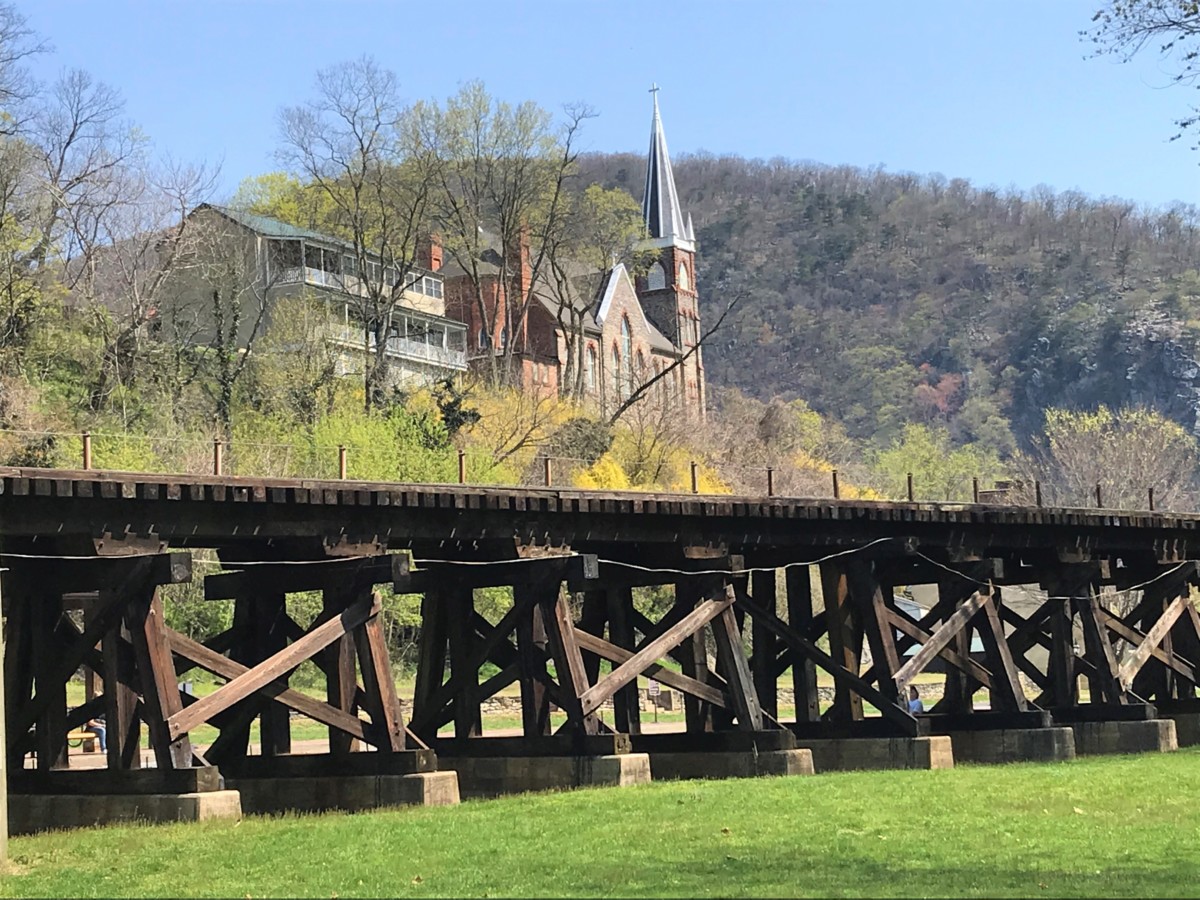
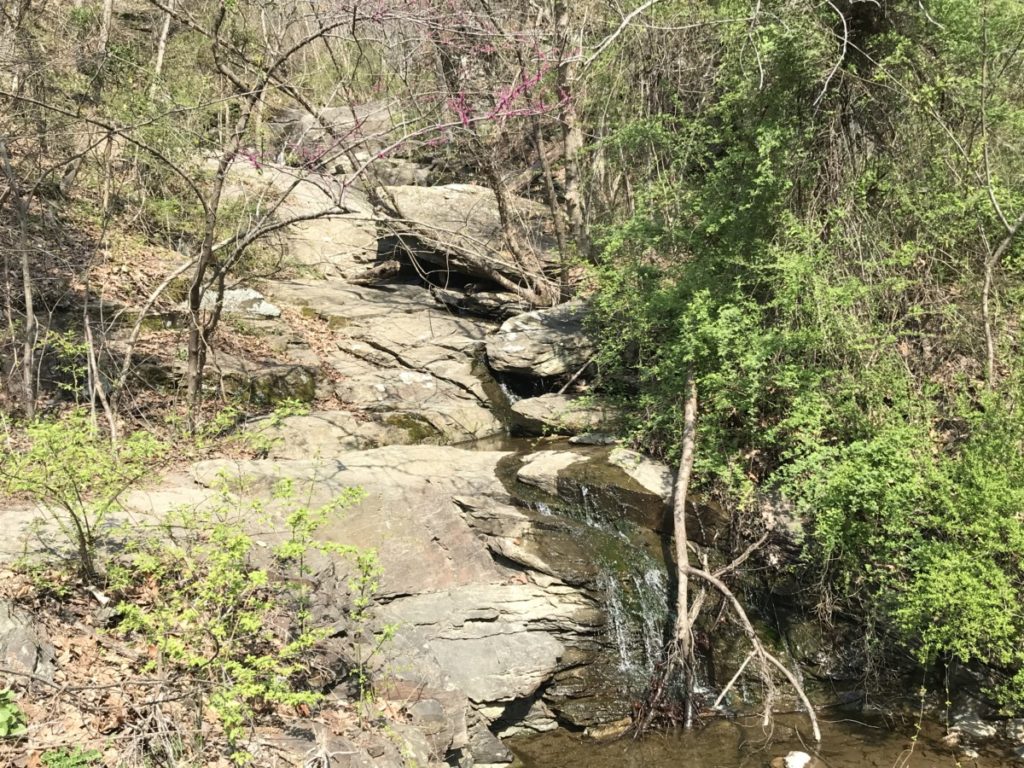
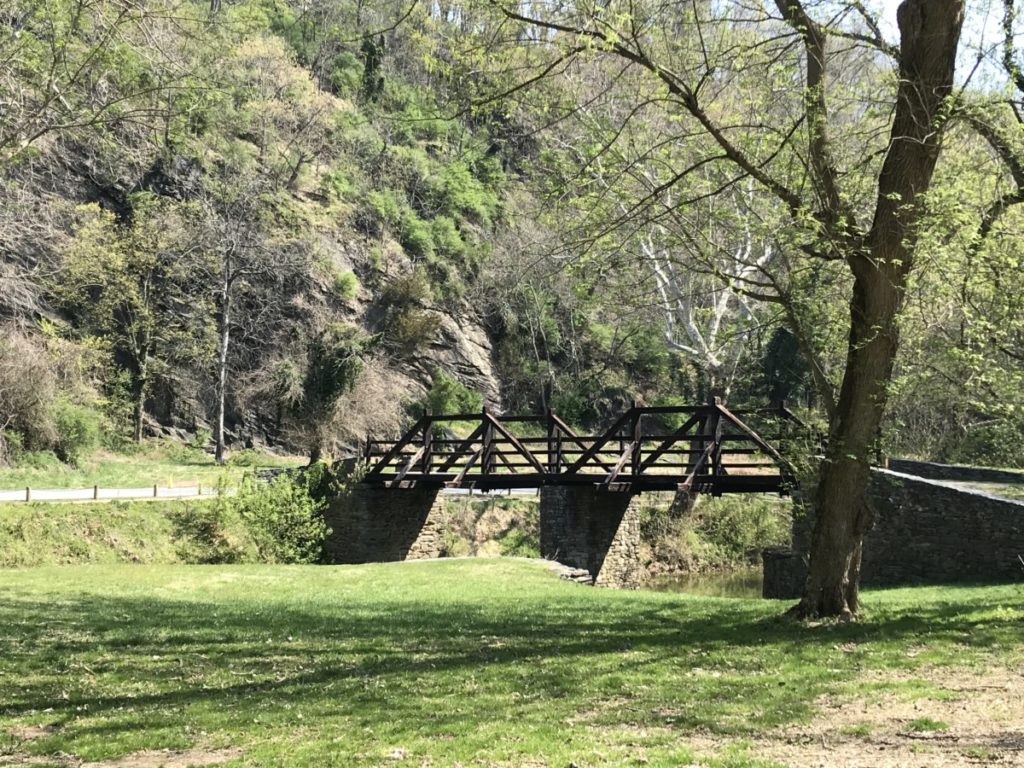
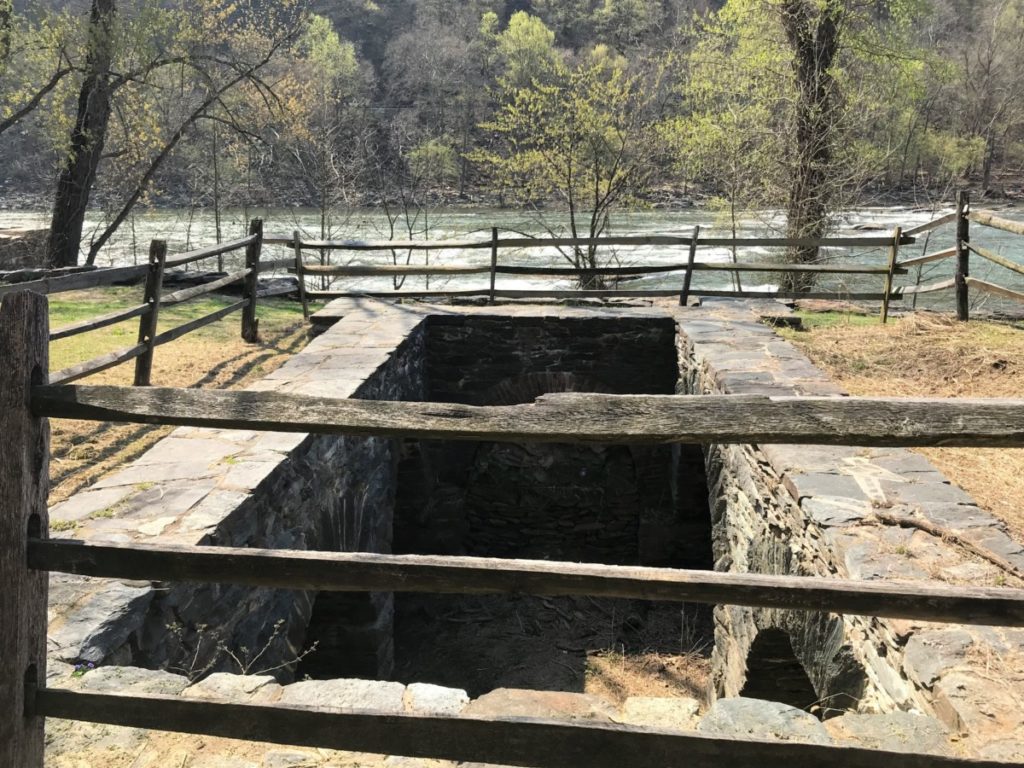
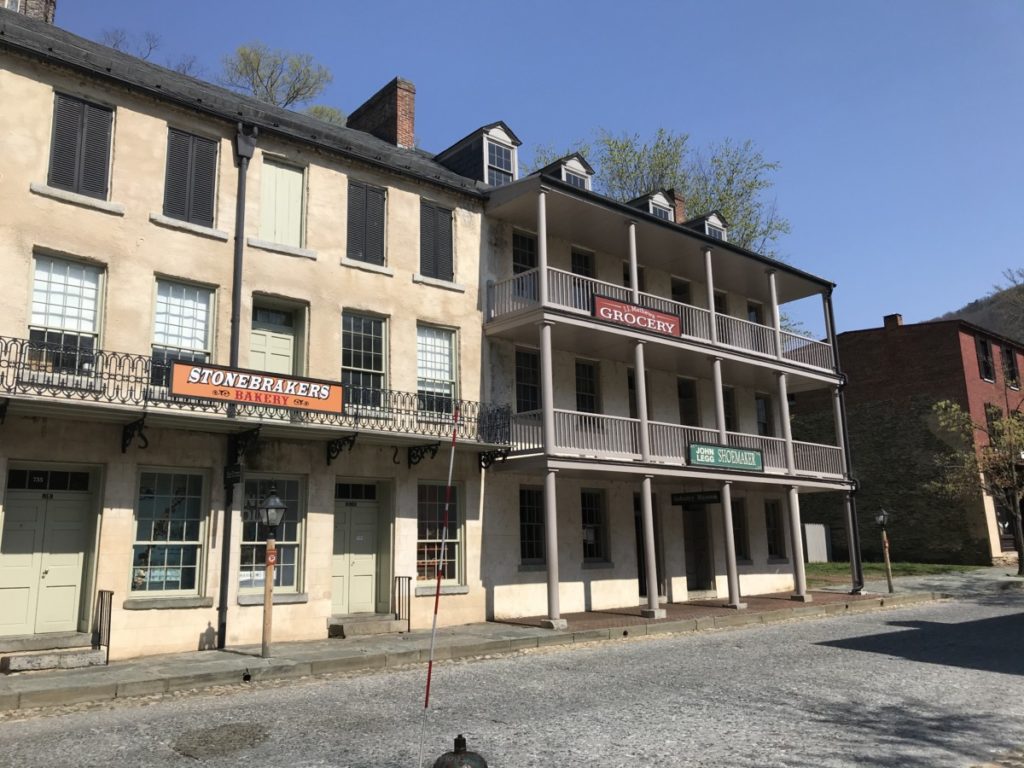
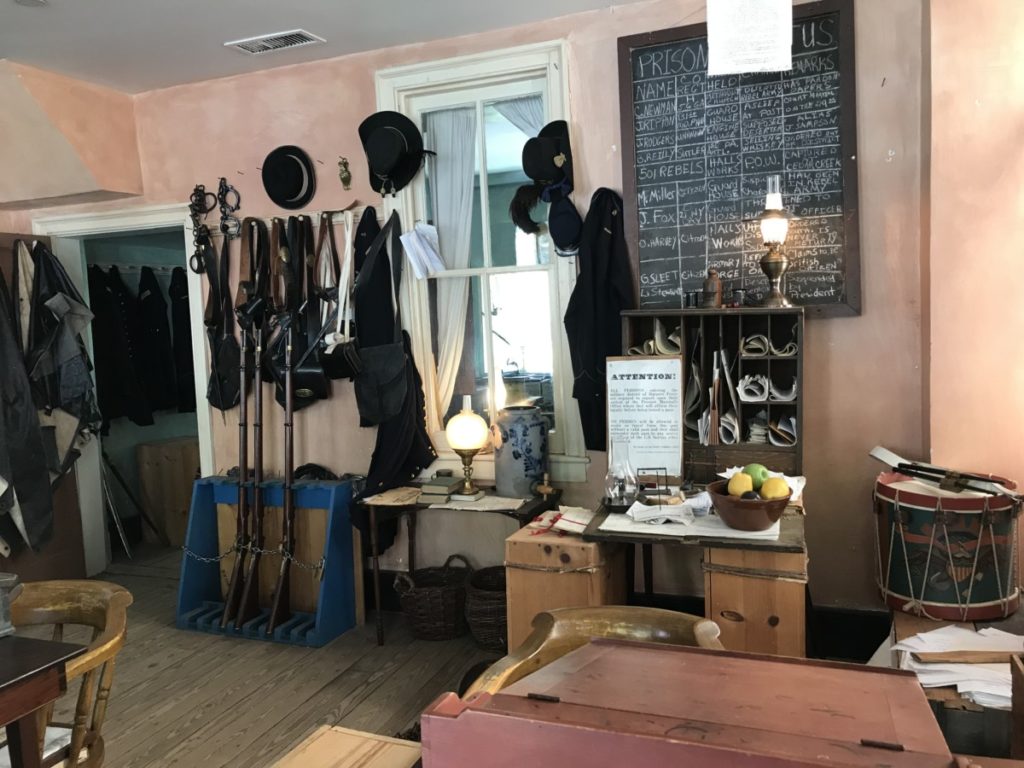
Pingback: Great Falls Tavern - C&O Canal National Historic Site - Potomac, MD • Finding Family Adventures